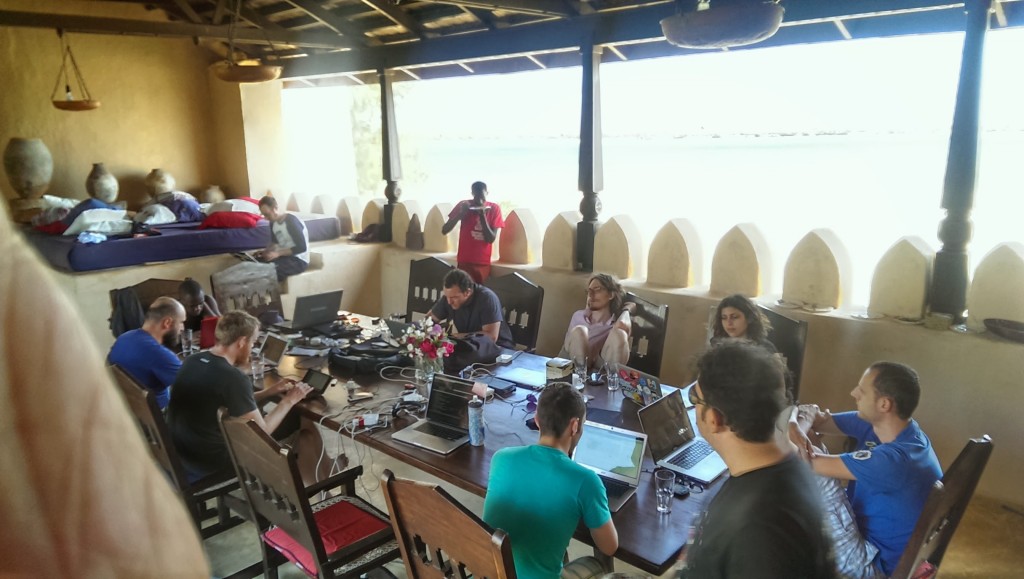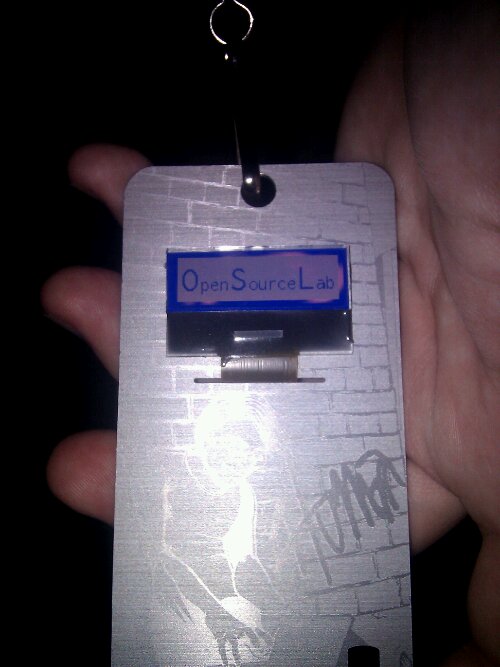After a failed flashing attempt(don’t attempt to tftp flash u-boot.kwb from within U-Boot!) I needed to use JTAG combined with the included JTAG adapter. To do this, make sure that the UART cable is unplugged, and the JTAG cable is plugged in(unplug/replug the USB adapter just to be safe). First grab the guruplug-installer package, then grab a known-good copy of U-Boot.
$ cd Downloads/
$ tar zxvf Guruplug-installer.tar.gz
$ cd guruplug-installer
$ sudo ./runme.sh ../uboot.guruplug.bin
(lots of scrolling text)
At this point U-Boot is restored, and all that’s needed is to upload a new kernel(and maybe rootfs). Your old kernel won’t work with this new version of U-Boot, so make sure that you have a kernel compiled and ready to use. If you don’t feel like patching(and manually fixing the failed patches) I’ve provided a 2.6.34 kernel for you, complete with modules. To upload the new kernel you’re going to need to attach your GuruPlug to your network with it’s top-facing ethernet interface(near eSATA port).

